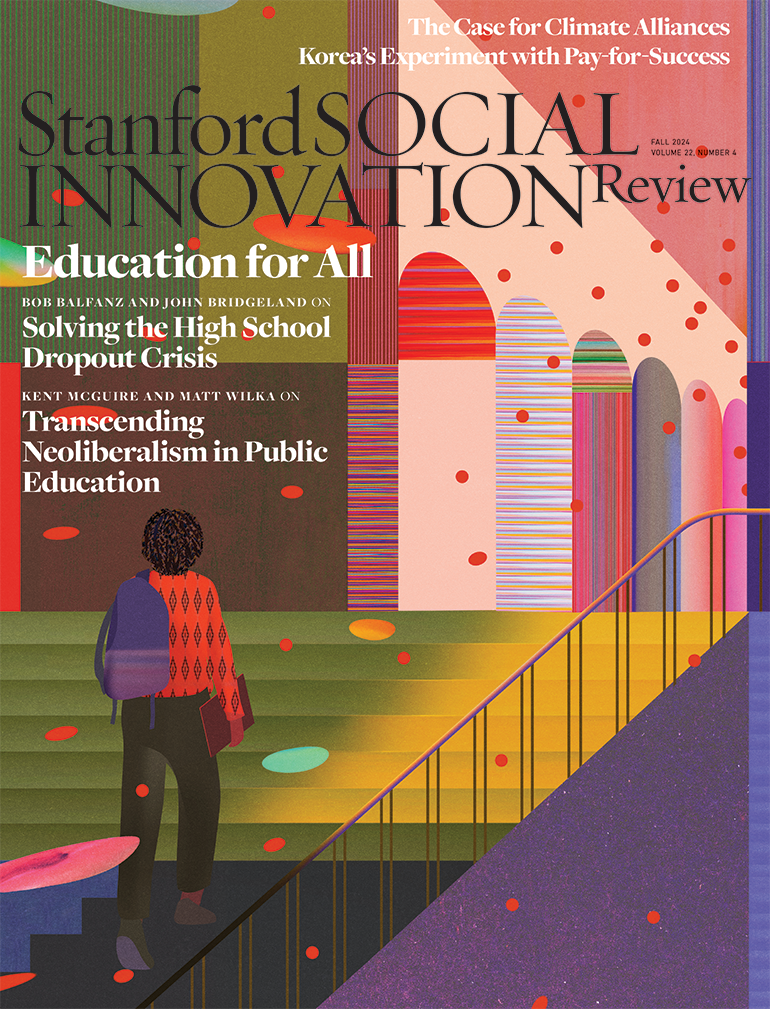
The Paradox of Generosity: Giving We Receive, Grasping We Lose
Christian Smith & Hilary Davidson
261 pages, Oxford University Press, 2014
My bounty is as boundless as the sea,” Juliet says to Romeo. “The more I give to thee, the more I have.” In The Paradox of Generosity, Christian Smith and Hilary Davidson argue that giving works in just that way. The book, in fact, deals with two distinct paradoxes. The first paradox of generosity is that it’s good for those who practice it: The more you give, the better off you are. The second is that despite these benefits, relatively few people are especially generous. The purpose of the book, Smith and Davidson suggest, is not only to document the benefits of living a generous life, but also “to help less generous readers find their way to more generous life practices.”
To make their case, the authors rely on a survey of US adults that was conducted as part of the Science of Generosity Initiative. (Smith, a professor of sociology at the University of Notre Dame, is the principal investigator of that initiative. Davidson is a doctoral candidate in sociology at the same university.) They also did in-depth, in- person interviews with selected members of households that participated in the survey. Such a research design draws on the advantages of both quantitative and qualitative data.
Smith and Davidson convincingly show that self-reports of generosity are strongly associated with various good outcomes. Whether measured as tithing (that is, giving away 10 percent of one’s annual income), as volunteer hours, or as acts of “relational” kindness to friends and neighbors, generosity appears to coincide with happiness, good health, avoidance of depression, a sense of purpose in life, and a sense of personal growth. The self-reported nature of these measures raises an obvious issue. The book opens, for example, by drawing a contrast between people who tithe and those who do not. In the survey, 20 percent of all respondents said that they tithe. But when pressed to report specific donation amounts, only 2.7 percent of those polled indicated that they actually gave away 10 percent or more of their money each year. The inclusion of that question in the survey makes the authors’ claims about generosity more plausible. The survey does not investigate other measures of generosity (such as volunteering time), as thoroughly as it does tithing, however.
A more general issue involves establishing a causal relationship between generosity and the benefits allegedly associated with it. If generosity is a practical activity, engaging in it will have knock-on benefits and heterogeneous feedback effects that are intrinsically hard to pin down. Imagine that you start to exercise and find that doing so improves your concentration or your ability to sleep—qualities that, as it happens, make it easier to go to the gym in the mornings. The research design used by Smith and Davidson can show that these kinds of things really do tend to hang together, thereby providing support for any explanation of how that hanging-together process works. But if you want to know, say, what happens to people who exercise too much, or why so few people exercise, or whether there are more and less effective ways to exercise, or whether it’s better to sort out your sleep schedule or your exercise routine first, then the approach taken in this book will be of less use.
For Smith and Davidson, such concerns are beside the point. In their view, the evidence that they have gathered strongly supports the conclusion that we do well by doing good. They acknowledge the relevance of feedback effects and other complexities, but emphasize the coherence of an overall pattern.
Sometimes they illustrate that coherence in a rather ham-fisted way, as when they contrast the lives of two fictionalized couples: Maddock and Grace live generously and end up happy, healthy, and fulfilled. Mort and Lilith, meanwhile, lead selfish, pinched, and friendless lives that culminate in an unhappy fate. Mort loses his job and contracts cancer. (“Very few people attend his funeral,” Smith and Davidson write.) Lilith smokes weed and cheats on her husband. (“Her final years in a nursing home prove to be not very pleasant,” the authors note.) “Moral judgment or wagging fingers is not the issue,” Smith and Davidson assert, but I have my doubts. Given the availability of more nuanced data—including the data presented in this book—it seems odd for them to sketch cartoons of this kind to make their point.
All the same, The Paradox of Generosity presents useful new data about the benefits of living generously. The book also suggests that Americans as a whole have plenty of room for improvement when it comes to giving behavior. As Smith and Davidson note, the surprisingly restricted practice of financial generosity has real consequences. “If the top 10 percent of most generous Americans were to stop giving money, the entire sector of society and economy based on voluntary financial giving would simply collapse,” they write. Increasing the number of people who lead generous lives, in short, will probably benefit not just those individuals, but also the organizations that depend on their goodwill.

